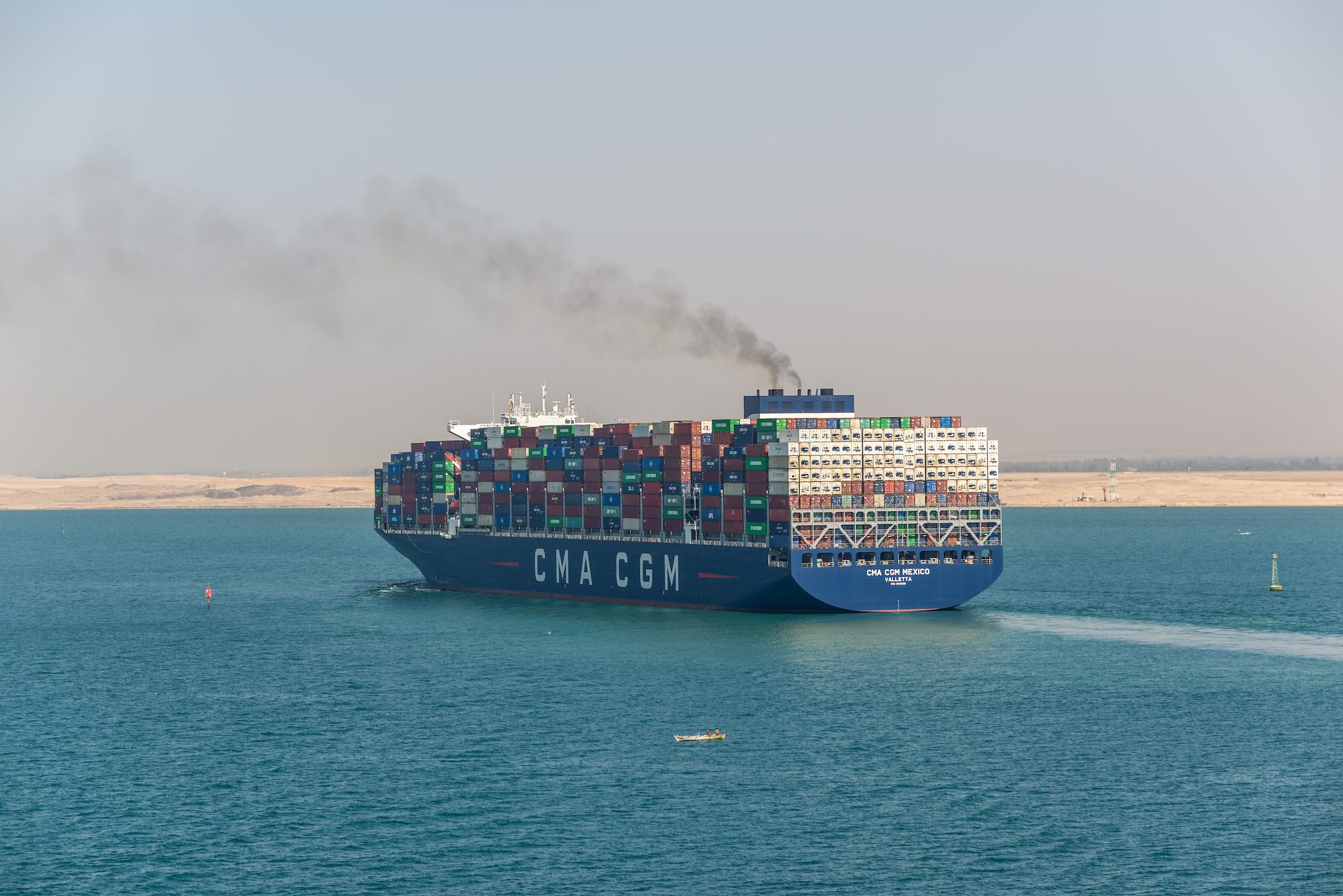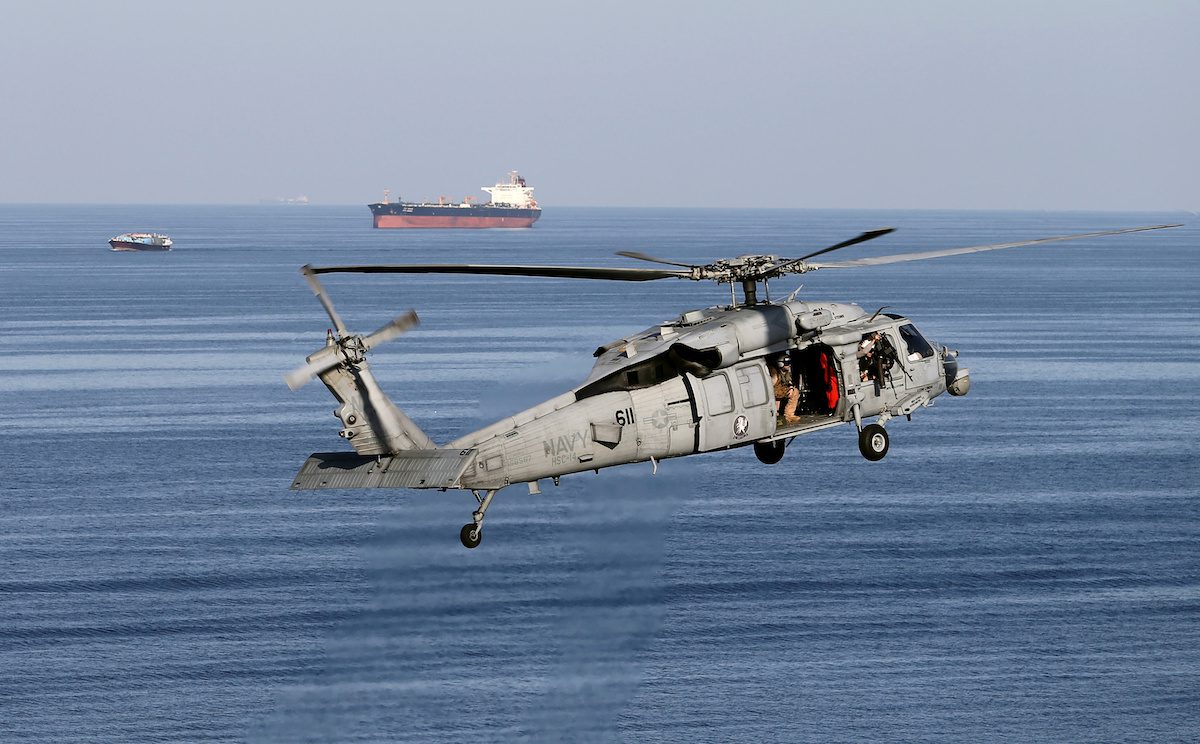The U.S. Coast Guard Marine Board of Investigation (MBI) has released its long-awaited Report of Investigation (ROI) into the catastrophic implosion of the Titan submersible, which killed five people during a 2023 dive to the Titanic wreck. The 300-plus page document does more than assign blame—it charts a regulatory course correction for an emerging subsea industry operating in murky legal waters.
At the heart of the ROI are 17 safety recommendations that aim to close regulatory loopholes, bolster oversight of vessels with novel designs, and bring commercial submersibles under the umbrella of maritime safety standards long applied to ships.
“This marine casualty and the loss of five lives was preventable,” said Jason Neubauer, chair of the Marine Board. “There is a need for stronger oversight and clear options for operators who are exploring new concepts outside of the existing regulatory framework.”
OceanGate’s Failure and a Regulatory Blind Spot
The board concluded that OceanGate Inc. and its CEO Stockton Rush bore primary responsibility for the accident due to a string of engineering, operational, and cultural failures. OceanGate sidestepped traditional third-party classification, used intimidation to silence safety concerns, and exploited the U.S. Coast Guard’s vague “Oceanographic Research Vessel” (ORV) designation to avoid inspections and certifications required of commercial passenger vessels.
The Titan, which was not registered or classed, had suffered damage during previous dives. Despite warning signs in real-time hull monitoring data and acoustic emissions, the sub was sent down again without meaningful analysis or repair. When the carbon fiber hull finally gave way at 3,346 meters, the implosion was instantaneous and unsurvivable.
In response, the Coast Guard has issued 14 safety and 3 administrative recommendations that represent a foundational shift in how submersibles are regulated:
Key Safety Recommendations:
- End the ORV Loophole for Submersibles: Immediately revoke ORV designations for submersibles and require inspection under applicable passenger vessel regulations (46 CFR Subchapters T, K, or H).
- Federal Documentation for Submersibles: Mandate that all U.S.-owned or -operated submersibles obtain a Certificate of Documentation with USCG, ensuring federal tracking and compliance.
- Third-Party Classification: Require submersibles to be built and maintained to standards set by a USCG-recognized organization (RO), just as ships are.
- Pre-Dive Notification and Emergency Plans: Mandate that operators submit dive and emergency response plans to the local Officer in Charge, Marine Inspection (OCMI) prior to every operation.
- Enhanced Communication Requirements: Require all commercial and scientific submersibles to maintain voice communication capability at the maximum authorized depth.
- USCG and OSHA Whistleblower Coordination: Establish a Memorandum of Understanding to clarify responsibilities under the Seaman’s Protection Act and ensure timely response to safety complaints.
- Dedicated USCG Resources: Add deployable USCG personnel with expertise in submersibles and vessels of novel design to support inspections and certifications.
- Review and Update NVIC 5-93: Modernize the Navigation and Vessel Inspection Circular to provide a clearer path for certification of novel submersible designs.
- Expand International Standards: Work with the International Maritime Organization (IMO) to revise MSC/Circ. 981, transforming guidelines for passenger submersibles into binding international regulations.
Search and Rescue Readiness
While the Titan was lost in an instant, the MBI raised broader concerns about USCG subsea SAR capabilities, particularly for entanglement or stranding scenarios. The board urged joint planning exercises with the U.S. Navy and commercial ROV operators to bolster subsea rescue readiness in remote and deepwater environments.
A Call for Accountability and Innovation
The report stops short of recommending criminal prosecution only because the sub’s operator, Stockton Rush, died in the accident. However, the board made clear that had he survived, it would have recommended revoking his mariner credentials and referring the case to the Department of Justice under the Seaman’s Manslaughter statute (18 USC § 1115).
Still, the report’s focus remains forward-looking: to protect lives and create a regulatory pathway for innovation. As deep-sea tourism, scientific exploration, and commercial activity push further offshore and underwater, the Coast Guard’s message is unequivocal—novel design cannot mean no oversight.
For an industry once driven by bold experimentation and minimal scrutiny, the Titan casualty marks a chilling inflection point—and a regulatory reckoning.

 Join The Club
Join The Club











